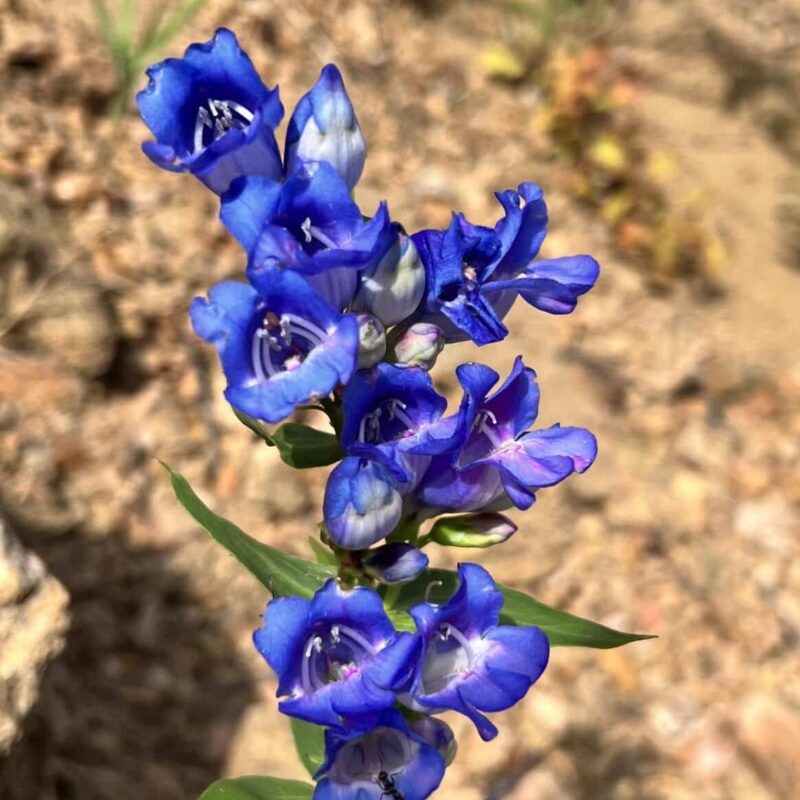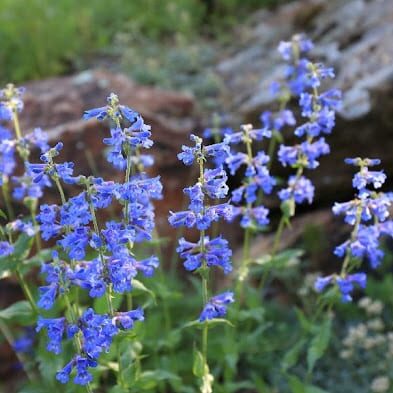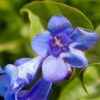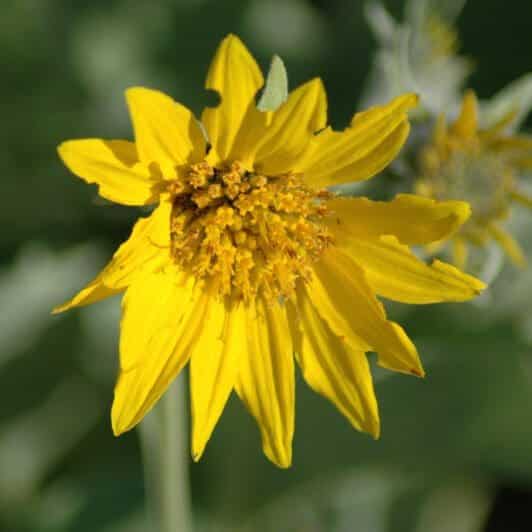Min. to Max. Annual Precipitation
36in.
Average Max. Height
Wasatch Penstemon (Penstemon cyananthus), also known as the Wasatch beardtongue, is a perennial forb native to the western United States, particularly in the Intermountain West. Penstemon cyananthus needs an environment that is similar to its natural habitat for it to grow best. Penstemon cyananthus prefers well-drained soils, including rocky or sandy soils.
General Description:
Wasatch Penstemon (Penstemon cyananthus), also known as the Wasatch beardtongue, is a perennial forb native to the western United States, particularly in the Intermountain West. Penstemon cyananthus grows between 12-36 inches tall. It produces a vibrant blue to purple tubular flowers that can sometimes be iridescence. These flowers typically bloom late spring to early summer. The leaves are lance-shaped, arranges opposite along the stems. Wasatch Penstemon for deep roots that make it ideal for dry and rocky soils.
Uses:
It is commonly used in xeriscaping and native landscaping due to its low water requirements and striking flowers. It is ideal for meadows, roadsides, and restoration projects. It does provide nectar for bees, butterflies and hummingbirds.
Planting Conditions:
Wastach Penstemon needs an environment that is similar to its natural habitat for it to grow best. Penstemon cyananthus prefers well-drained soils, including rocky or sandy soils. It thrives at 4,000 – 9,000 feet elevation. It can survive in a wide range of temperatures from hot summers to cold winters. It is drought tolerant and cold hardy, making it a good option for high desert and alpine climates. It grows best in full sun but does tolerant partial shade. This flower thrives in soils with a pH of 6.0 – 7.5.
Establishment:
Wasatch Penstemon does best when sown in the fall because this provides a natural stratification that helps improve germination. When planted in the spring, to improve germination, perform a cold stratification for 2-4 weeks before planting. to achieve this there is an option of mixing the seed in moist sand and refrigerate before planting. When planting, plant directly on the soil no deeper than 1/8 to 1/4 inch. Lightly cover with a thin layer of sand to avoid the seeds from blowing away or easy access for rodents and birds. When planting in the spring make sure soil stays damp until germination. While seeds establish water frequently but avoid overwatering to make sure the soil doesn’t become waterlogged. When it’s established and has formed good roots the plant will do well with very little water. It performs best in dryer climates.
Seeding Rate:
Seeding rate is 4-6 pounds per acre.
Quick Plant Facts
| Scientific Name: | |
|---|---|
| Planting Rate: | |
| Growth Height: | |
| pH Tolerance: | |
| Max Sowing Depth: | |
| Min. Precipitation: | |
| Sun & Shade Tolerance: | Full sun, Partial shade |
| Elevation of Occurance: | |
| Lifespan: | |
| Best Time to Sow: |










